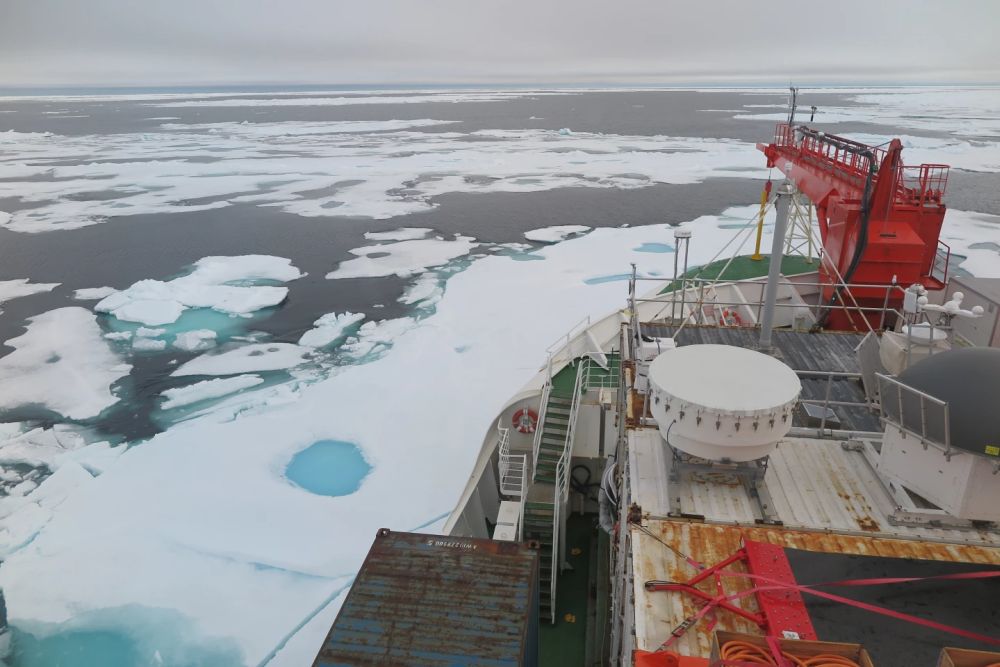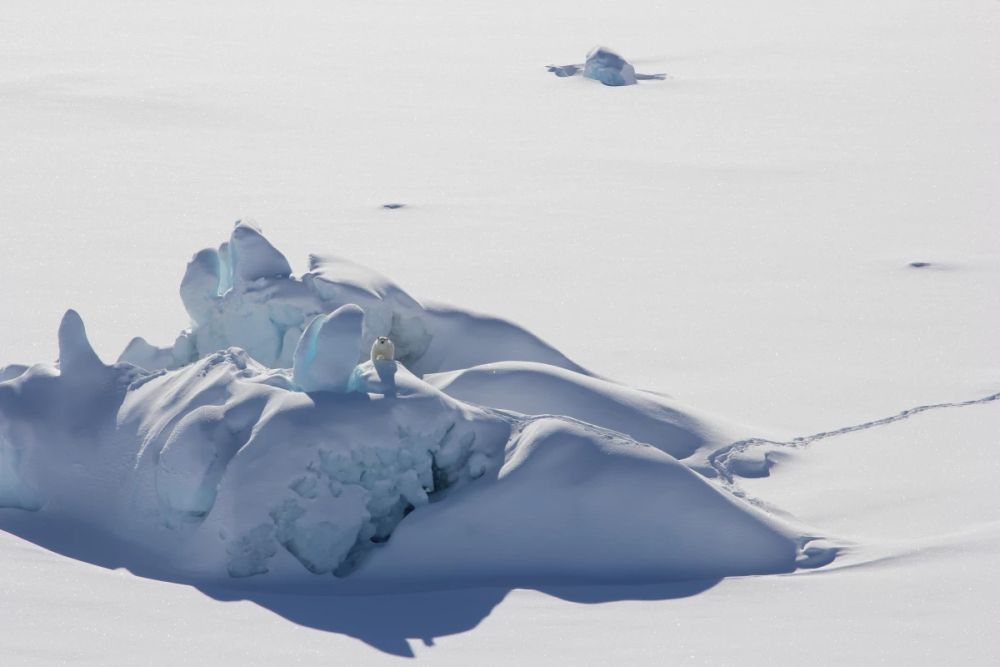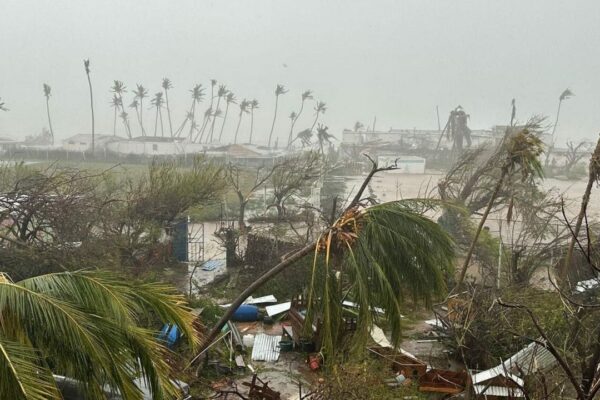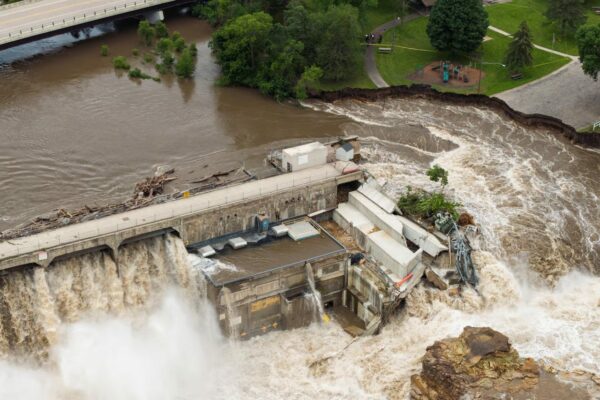“Last Ice Area” of Arctic is Facing Existential Crisis Amid Climate Change
Global warming has posed severe threats to planet’s ice masses. With Siberian heatwaves, the Arctic is bearing the brunt of climate change as much as any region on earth. The “Last Ice Area” of Arctic, where summer sea ice survives the longest and acts as a refuge for wildlife depending on it, has been found to be threatened fatally by climate change.
Published in the journal Communications Earth and Environment, the research stated that the thick ice cover of the region may be more defenseless to climate change than assumed earlier.
Located north of Greenland, this frozen zone is known for going strong through summer’s heat when much of sea ice grows and shrinks seasonally. However, during the summer of 2020, the Wandel Sea in the eastern part of the Last Ice Area lost half of its overlying ice, bringing the coverage to its lowest in recorded history.

The “Last Ice Area” of Arctic, where summer sea ice survives the longest and acts as refuge for wildlife, is threatened by climate change | Image: Felix Linhardt/Kiel University
The new research explored the weather conditions that contributed in the decline, but climate change emerged as a dominating factor that thinned the area’s long-standing ice gradually. It also indicated that global warming may threaten the region more than it was previously suggested by climate models.
According to study co-author Kristin Laidre, a principal researcher at the Polar Science Center and an assistant professor in the University of Washington’s School of Aquatic and Fishery Sciences, the loss of this area could be catastrophic for the animals depending on sea ice for breeding, hunting and foraging.
Laidre further added,
The Last Ice Area has been considered to be a refuge for ice-dependent specie sin a future ice-free summer Arctic. If, as the paper shows, the area is changing faster than expected, it may not be the refuge we have been depending on.
The Last Ice Area is spread over 1,200 miles, reaching from Greenland’s northern coast to the western part of the Canadian Arctic Archipelago. Here, sea ice is usually at least 5 years old, measuring about 13 feet thick.

Losing ice mass is affecting the Arctic animals that rely on it for survival, such as polar bears, ringed seals and bearded seals, and sometimes narwhals and bowhead whales | Image: Kristin Laidre/University of Washington
The ice cover in the Last Ice Area was strengthened by ocean currents with chunks of floating sea ice in recent decades. However, in 2020, northward winds carried ice away from Greenland and create stretches of open water that heated up in the summer, which further instigated melting.
The researchers also wrote that approximately 20 percent of the 2020 ice loss could be directly linked to changing climatic patterns, while 80 percent was attributed to the wind and ocean-current anomalies.
The lowest amounts of Arctic ice cover have been recorded within the past 15 years, and climate projections suggest that summer sea ice in the Arctic is expected to vanish entirely by 2040, with an exception of the Last Ice Area.
Losing ice mass is already affecting the Arctic animals that rely on it for survival, such as polar bears, ringed seals and bearded seals, and sometimes narwhals and bowhead whales. It is imperative to prevent the findings of the study from coming true for the sake of the planet.


